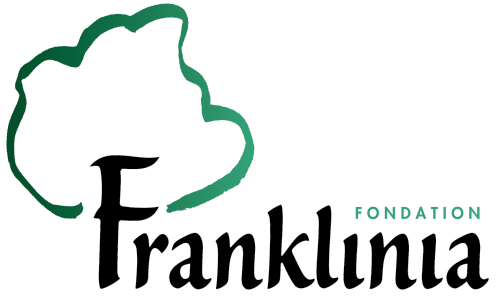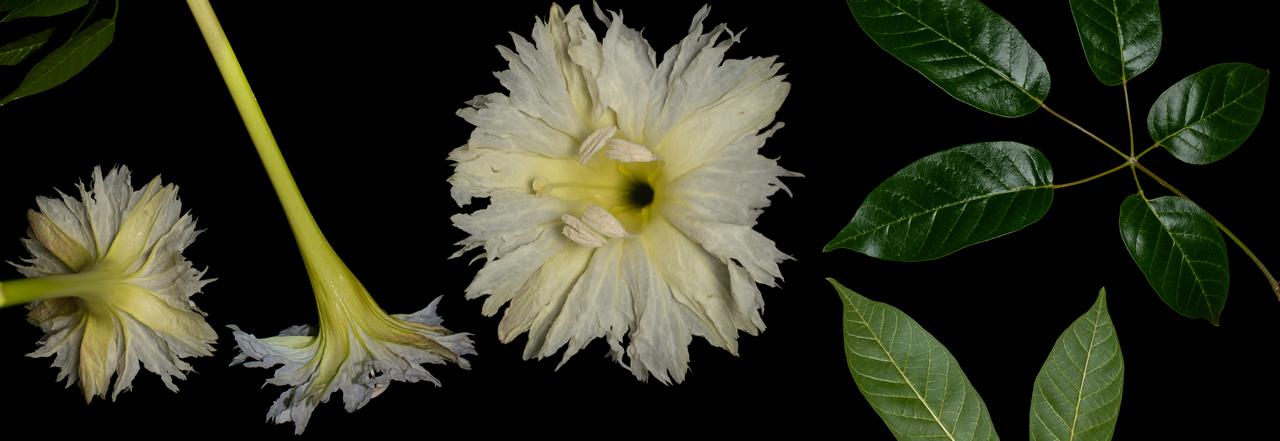
ENDANGERED TREES
Many trees in Hispaniola are endangered with extinction. Often they are endemic, that is, unique in the world. This is mainly due to the loss of their habitats caused by the expansion of farming, cattle ranching, tourism, urbanization, mining etc. as well as the unsustainable extraction of their wood, sap or leaves. These trees however, are part of the natural heritage of the Dominican Republic and Haiti. Unfortunately, many of these species have a limited distribution (sometimes unknown) and we don´t know how they are progapaged, reproduce or polinate.
Here, we present three trees listed in IUCN´s Red List and the National Red List of Threatened Vascular Plants that we are studying and conserving thanks to Franklinia Foundation. Our objectives are to: Maintain viable populations in the wild, increase their habitat, improve their management, and create pride and awareness at the local and national level. We are doing this through research, conservation and outreach activities with the active participation of communities found nearby where these amazing trees grow.
Meet them
Ekman´s Trumpet Tree
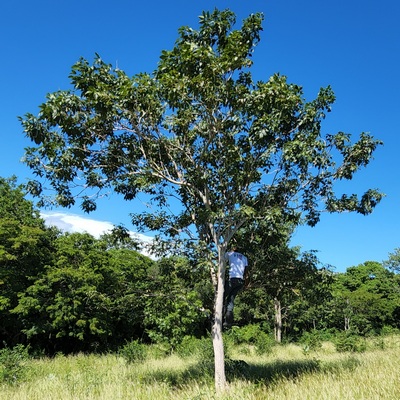
Ekmanianthe longiflora
This elegant tree only grows in dry forests of western Cuba and southwestern DR. Reaching up to 15m, the vernacular name of Ekman´s trumpet tree refers to its generic name, in honor of the famous Swedish botanist Erik Ekman, who made so many contributions to the study or Hispaniola´s plants. Its leaves are palmately compound and opposite. They are generally composed of five leaflets.
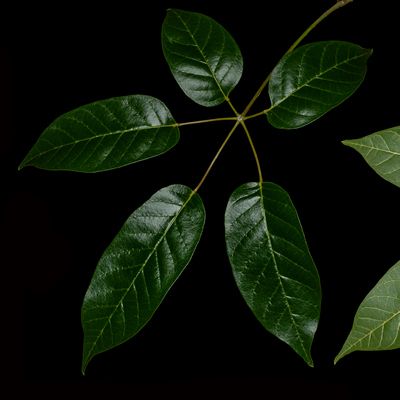
Its distinctive flowers bloom many times per year. These open up nightly and fall off by midday. They are trumpet-shaped and can be 20cm long!
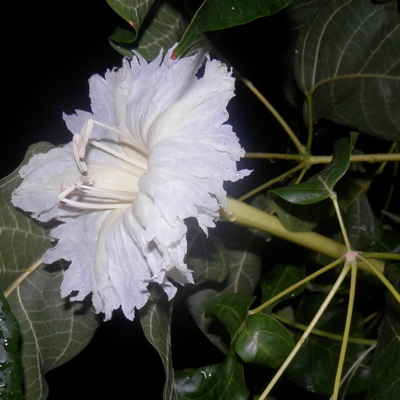
Ekman`s trumpet trees wood is strong, very appreciated for construction, ax handles, etc. Its bark is also used in traditional remedies. Today it is only found in northern Jaragua National Park and on the edges of nearby farm areas of Pedernales and Western Barahona. It is considered endangered (EN) by IUCNs Red List and the National Red List.
Jaragua´s Canelilla

Pimenta haitiensis
This aromatic and endemic tree belongs to the guava family. It can reach up to 15m in height. To tell it apart from other aromatic plants known in the DR as “canelilla” too, here we name it “Jaragua´s canelilla” due to its distribution almost entirely within Jaragua National Park. There, it grows in the dryest forests, also at the foothills of southern Sierra de Bahoruco. Its simple, opposite leaves have a narrow, eliptical shape.
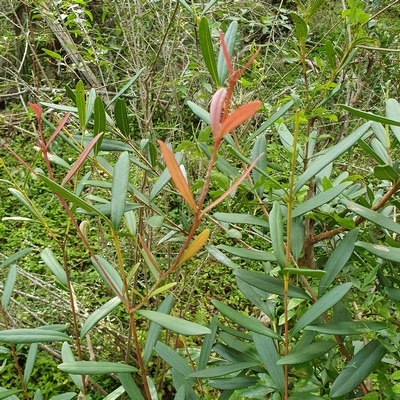
It produces numerous small white flowers, once a year (on the year it reproduces). In the wild, this only happens on relatively wet years.
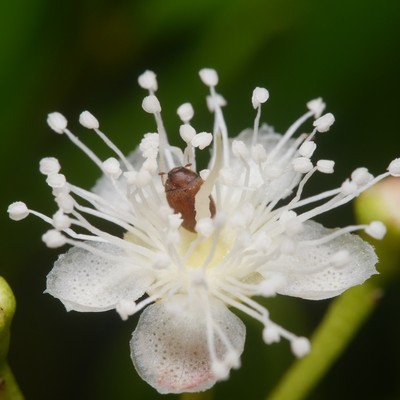
The leaves of Jaragua`s canelilla are very aromatic and are used for herbal teas and flavouring boiled milk, custards, rhum and other spirits. Unfortunately, the indiscriminate cutting of canelilla leaves, wild trees die or are severely mutilated. We are trying to change his through our “Canelilla Sostenible” program. The species is considered endangered (EN) by the IUCN and the National Red List.
Oviedo´s Cherry Palm
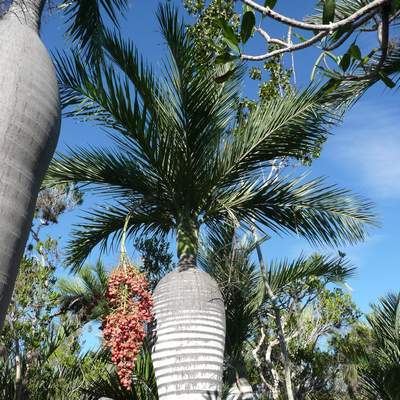
Pseudophoenix ekmanii
This lovely endemic palm with bottle-shaped trunk has a ringed body and can grow up to 12m. Its fruits are reddish when ripe, thus the English common name of “cherry palm.” Only found in Jaragua National Park within Oviedo municipality, thus we propose the Spanish common name of “cacheo de Oviedo” (cacheo being the local name for Pseudophoenix palms in the DR). Leaflets are rigid and widely spaced from each other.
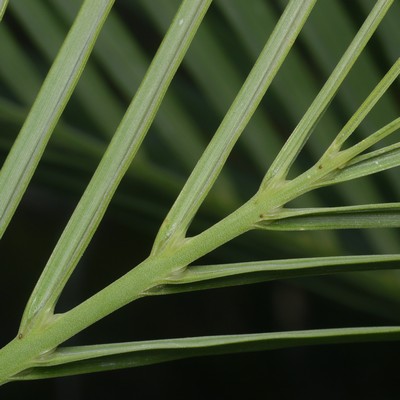
It is only found in certain localities in Jaragua NP, including Beata Island. Flowers grow in two or three long panicles. Fruits carry two or three seeds.
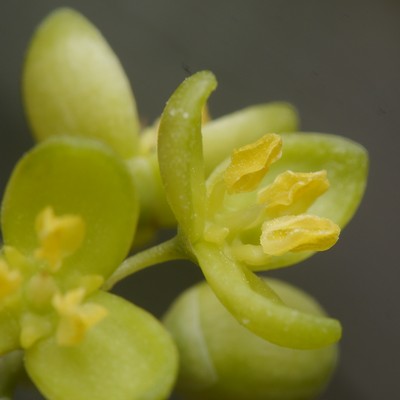
This palm is very impacted by the extraction of its “belly” pith from young individuals, from which a sweet drink known as mabi de cacheo. Given its slow growth, this is not sustainable and threatens its future. Trunks of old palms serve as nesting cavities for the also threatened Hispaniolan Parrot. The species is considered endangered (EN) by the IUCN and the National Red List.
Where
These are the confirmed places where these trees are found (as of 2022) in the Dominican Republic.
Ekman´s Trumpet Tree
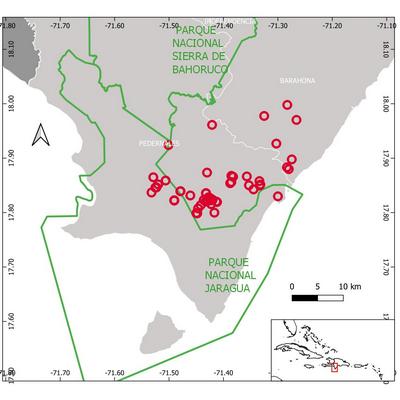
Jaragua´s Canelilla
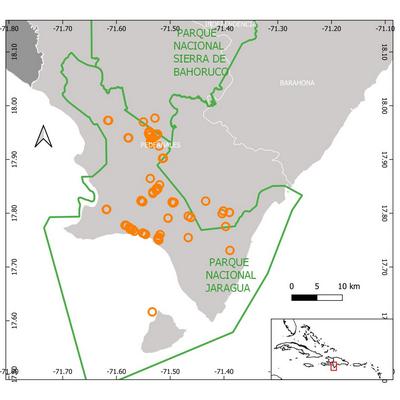
Oviedo´s Cherry Palm
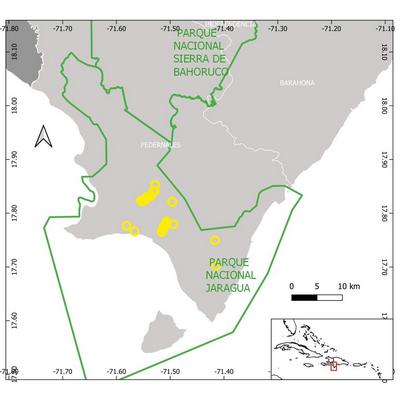
Threats
The expansion and persistence of illegal farming, canelilla leaf trade, palm wine extraction and new mass tourism infrastructure threaten the future of these species in their natural habitats of Pedernales-Barahona.
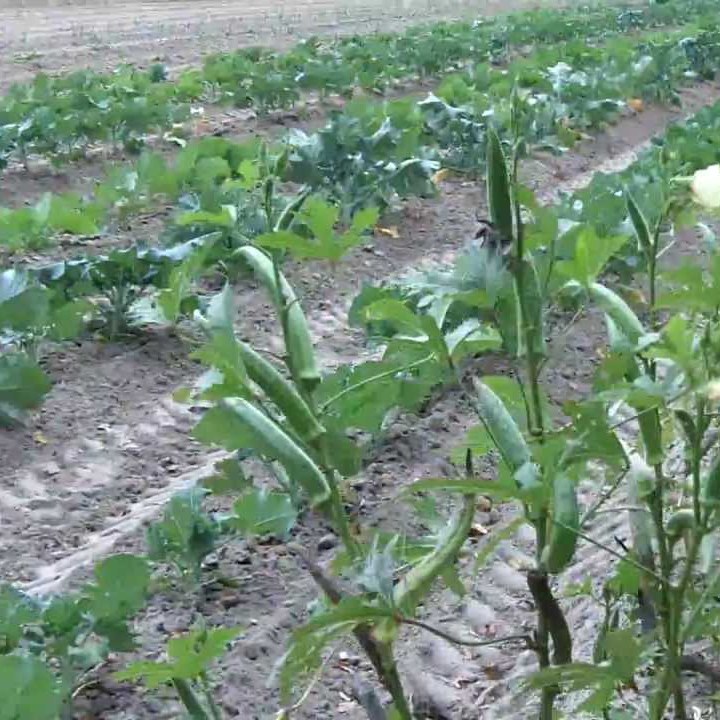
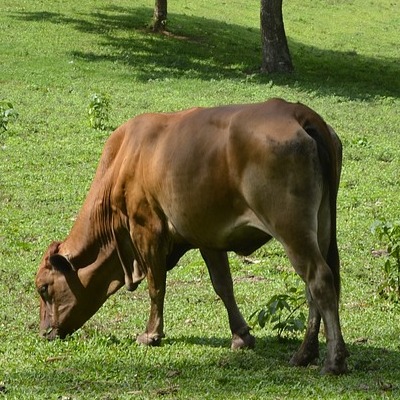
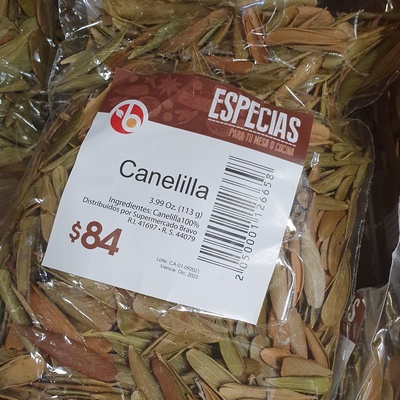
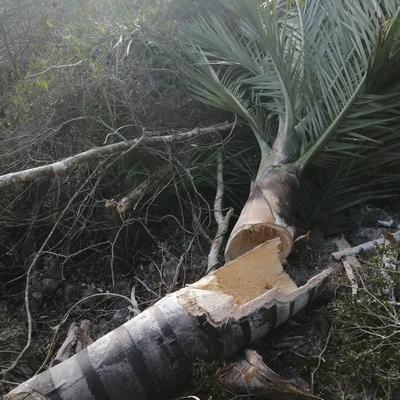

Research
We are studying these species’ phenology, pollination, distribution, survival, relative abundance and local uses.
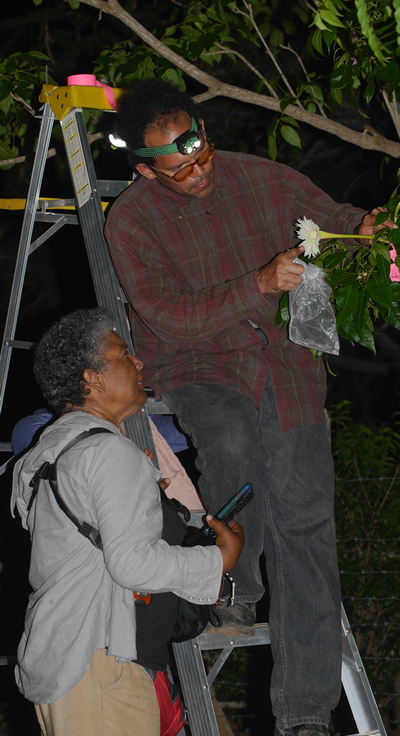
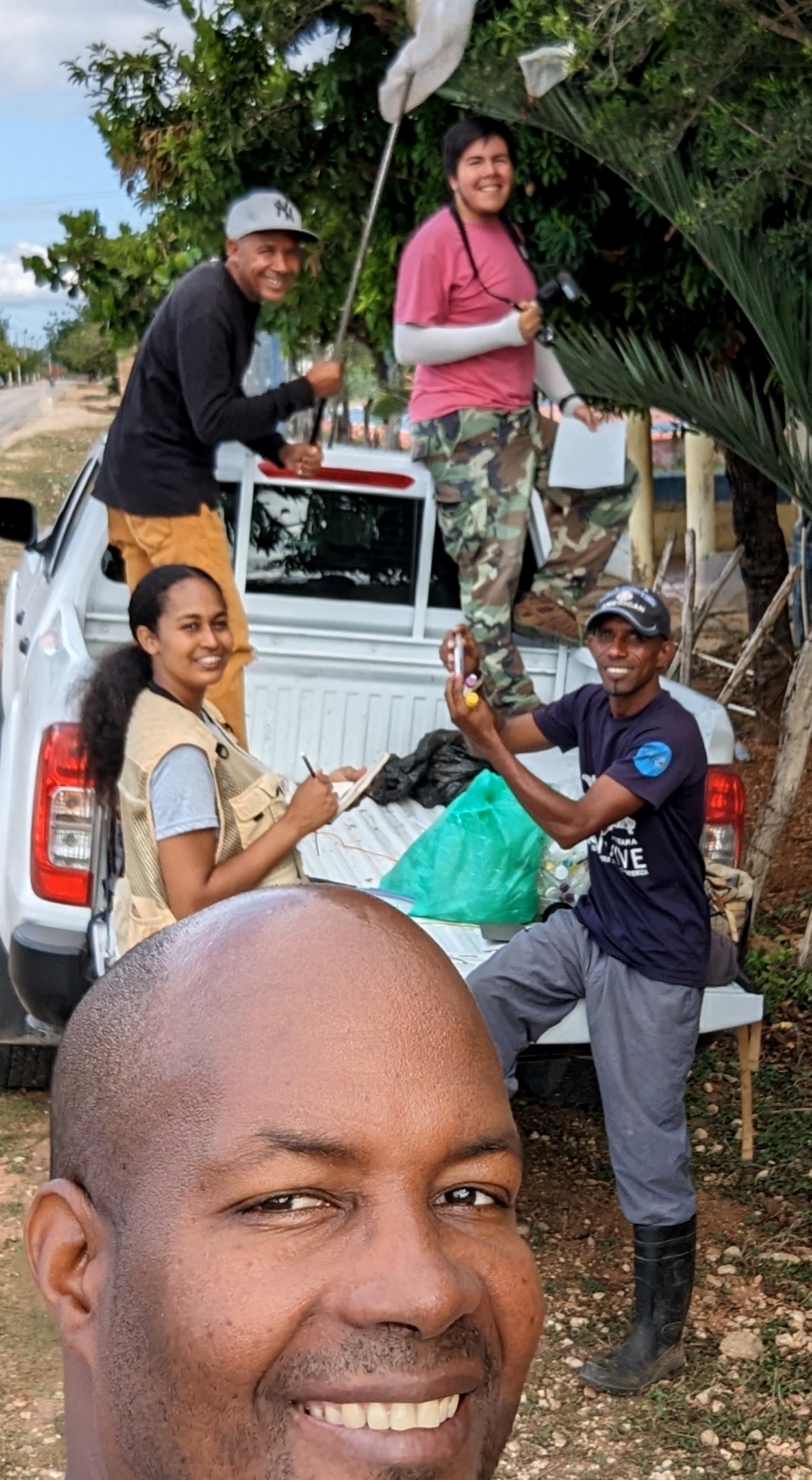
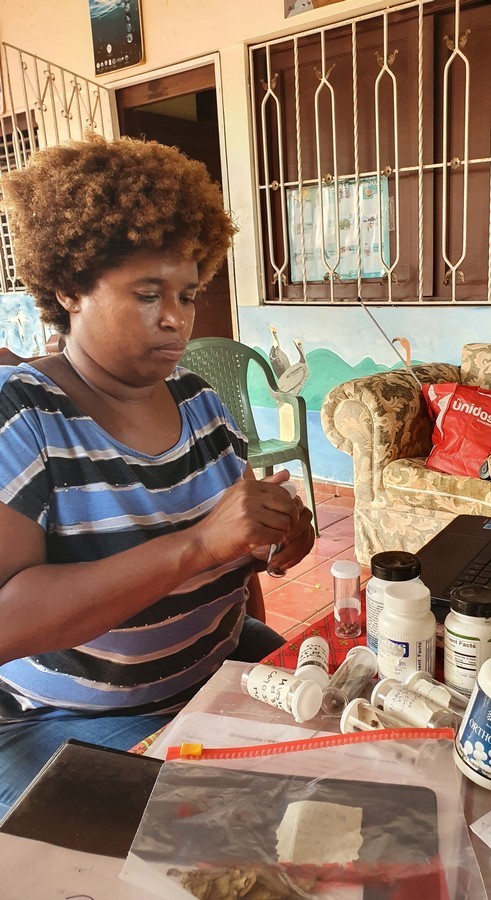
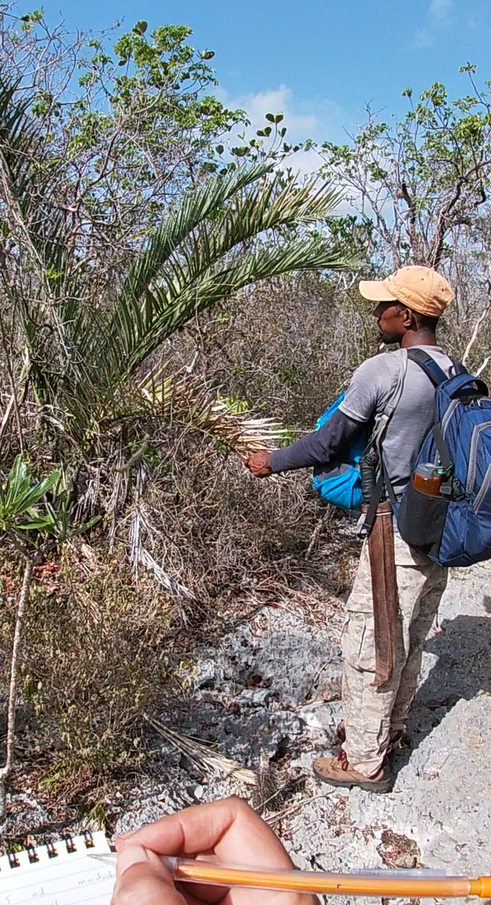
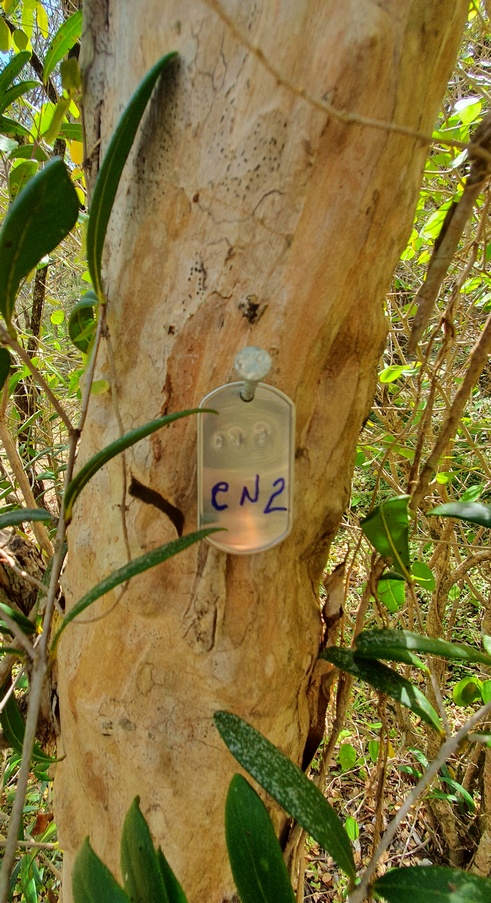
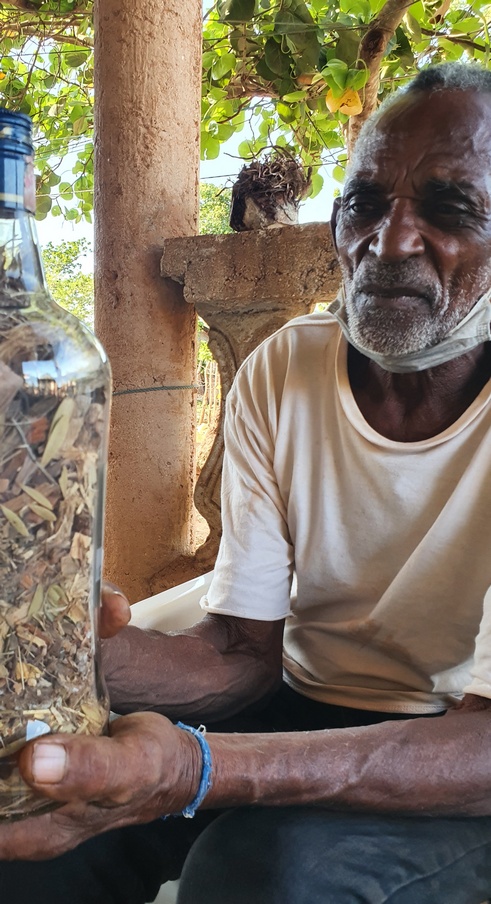
Conservation
We are propagating these species in our plant nurseries in Oviedo Municipality and planting them both in situ and ex situ to safeguard their future.
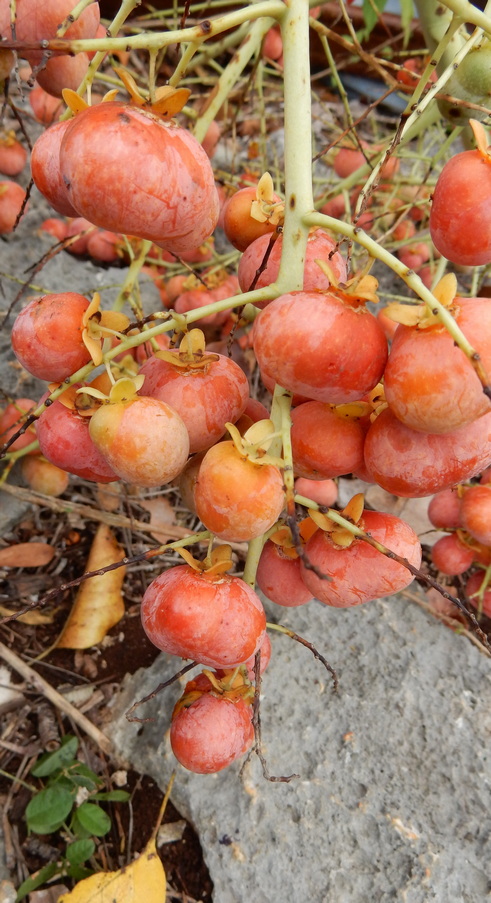
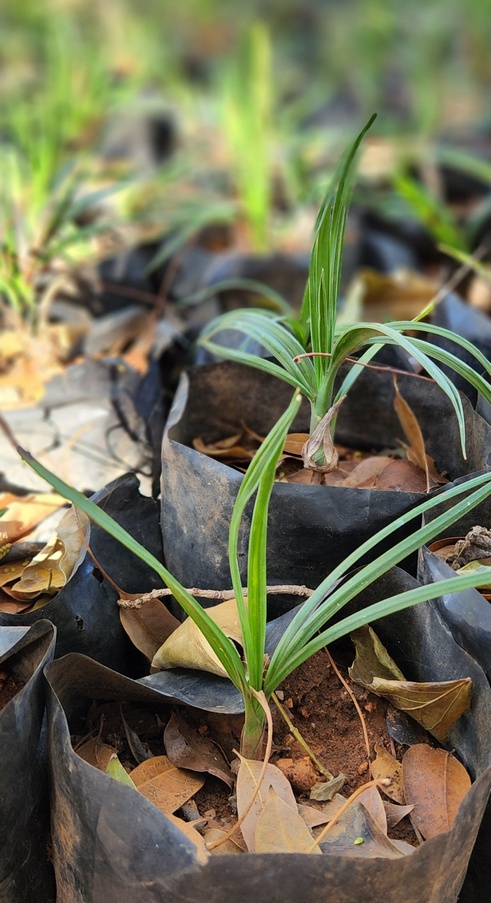
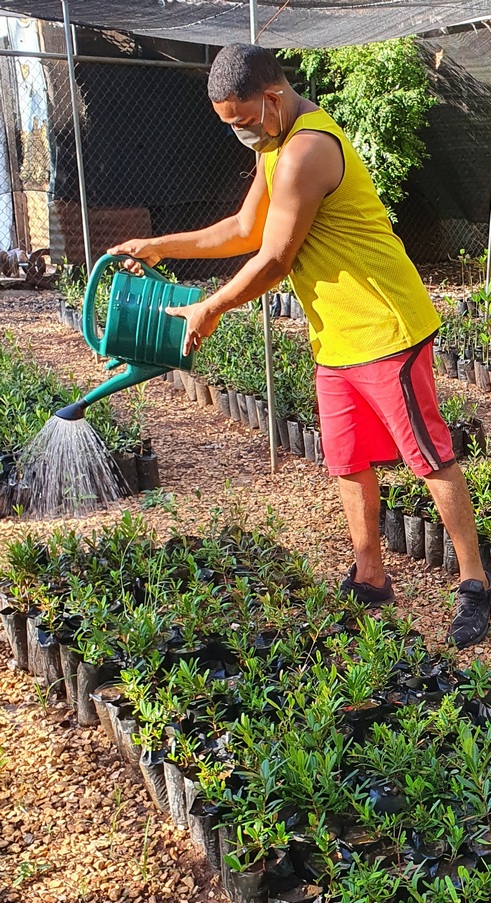
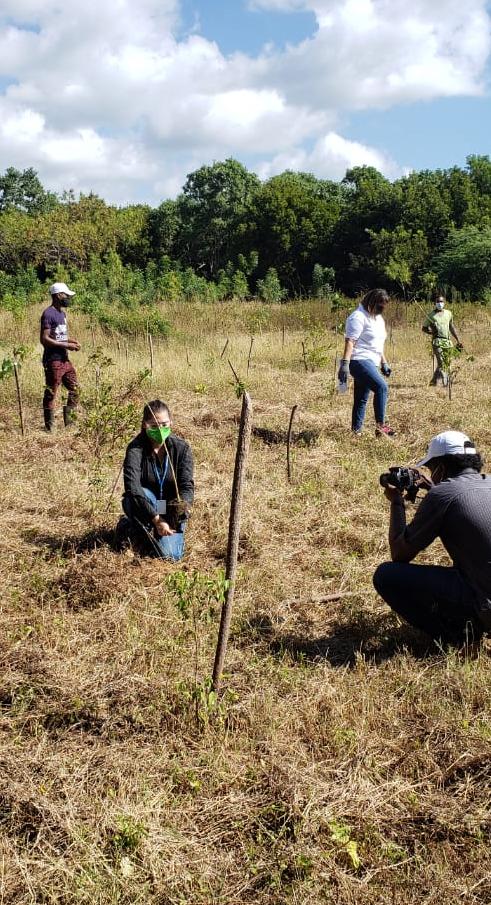
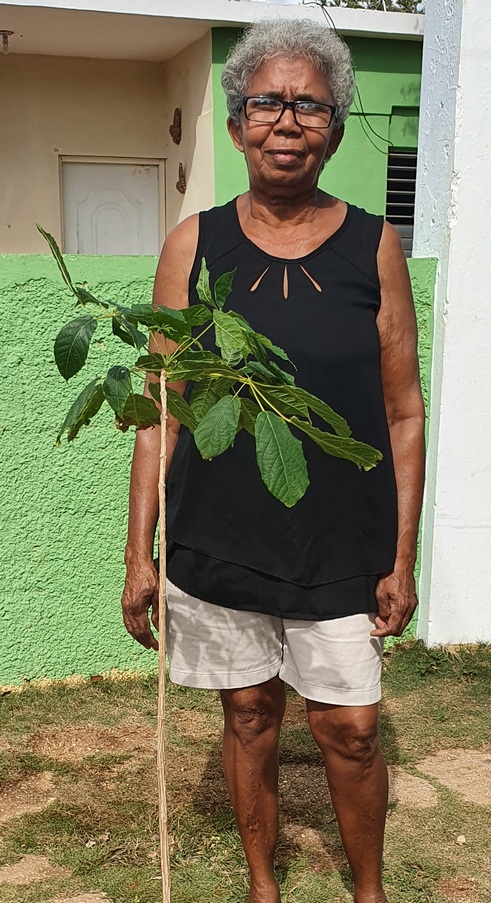
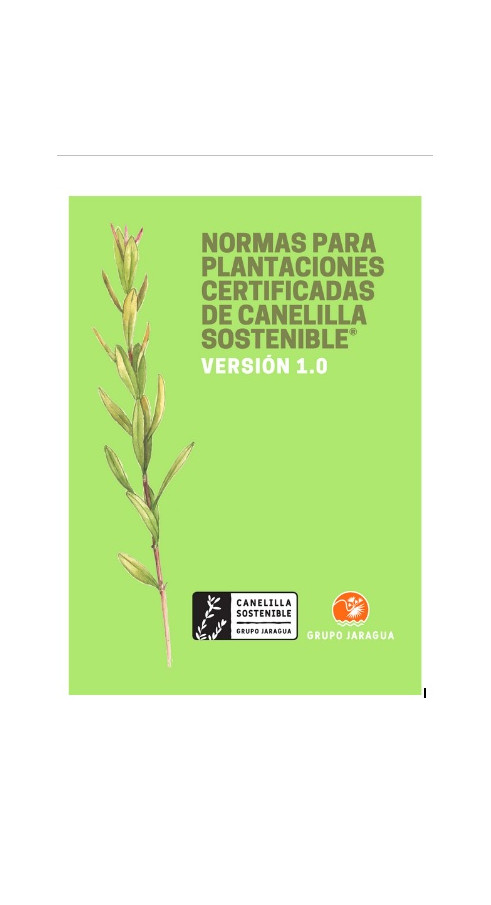
With support from

